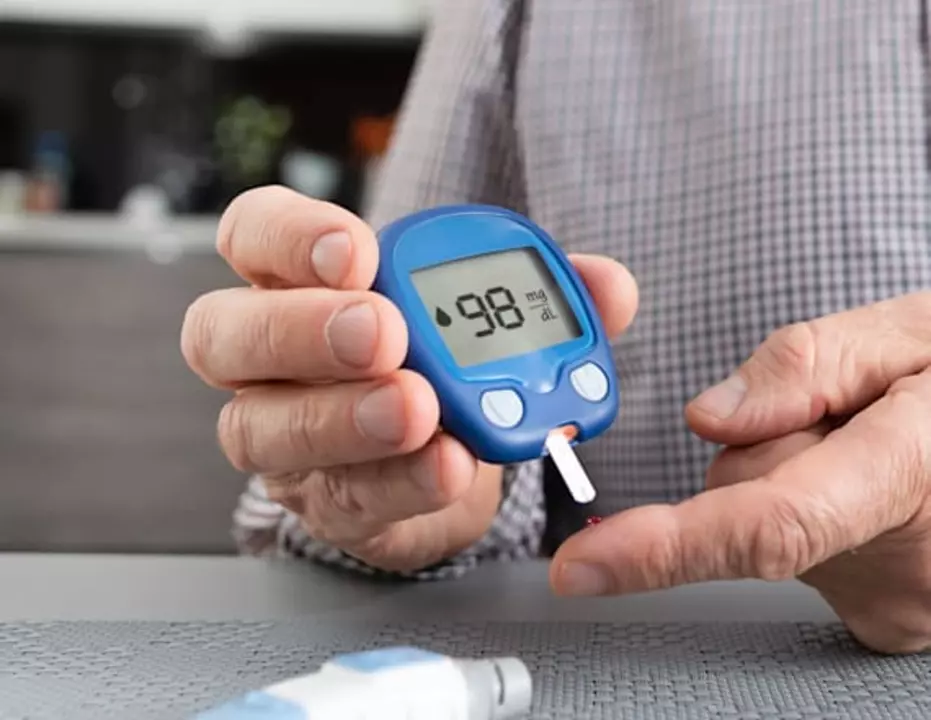Diabetes Treatment: Simple Tips and Smart Medication Choices
Treating diabetes isn’t just about taking a pill or an insulin shot. It’s about daily habits, knowing your options, and not getting sidetracked by useless advice. People around the world handle their diabetes in dozens of ways, but most just want something that actually works—without ruining their budget or sanity.
Let’s get real about medications. There isn’t just one “best” drug. You’ve probably heard of metformin—it’s the most prescribed type 2 diabetes medicine for a reason. It lowers blood sugar, usually doesn’t cause weight gain, and doesn’t empty your wallet. If your numbers still climb, your doctor might add another medication, like a GLP-1 agonist or SGLT2 inhibitor. Both have perks: GLP-1s can help with weight loss, and SGLT2s protect your heart and kidneys. But they can be pricey. Always ask about generics or pharmacy savings programs; many folks skip their meds just because of cost, and it’s not worth the risk.
Insulin is still the backbone for type 1 diabetes and for type 2 when other treatments aren’t enough. If you’re scared of injections, you’re not alone. Gel pens, tiny needles, even patch pumps have made it a lot less intimidating lately. Pharmacies now stock cheaper forms like biosimilar insulins, which work the same as the big-name brands. If your pharmacist or doctor doesn’t mention these, bring it up—sometimes they genuinely forget.
What about alternatives? People often ask if cinnamon, berberine, or plant-based supplements can replace real diabetes medicine. Some supplements may offer a small benefit, but none work as reliably or as powerfully as prescribed medicine. If you want to try anything natural, talk to a doctor first—don’t toss out your meds in hopes of a miracle cure. Mixing supplements and prescriptions without checking can mess with your blood sugar, or worse, your kidneys or heart.
Managing diabetes goes beyond pills and injections. What you eat has a bigger effect than any pill. Cutting down carbs—especially in soda, bread, and desserts—leads to real changes in A1C, and pretty quickly too. Even swapping white rice for brown rice or quinoa can help. Short daily walks, or any movement, beat sitting on the couch. Fifteen minutes on your feet after meals matters more than most people think—it blunts the blood sugar spikes.
If you’re overwhelmed by choices, try connecting with others. Online support groups can make a world of difference, especially when routines slip or motivation tanks. Real people share what works, what fails, and where to find deals on medication or test strips. No one has all the answers, but together, you can stay ahead of diabetes without feeling alone or lost in research.
Curious about the latest diabetes treatments, pros and cons of medication swaps, or how to safely cut prescription costs? Stick around—there’s more than one way to take control, and you deserve the straight facts, not sugarcoated promises.
Ranolazine and its potential benefits for diabetic patients
As a blogger, I recently came across some interesting information on Ranolazine and its potential benefits for diabetic patients. Ranolazine, primarily used to treat chronic angina, has shown promising results in improving glycemic control in diabetic patients. Some studies suggest that it may increase insulin sensitivity and reduce HbA1c levels, contributing to better blood sugar management. Moreover, Ranolazine appears to have minimal side effects when used in conjunction with other diabetes medications. This breakthrough could mean a significant improvement in the quality of life for individuals struggling to manage their diabetes.
